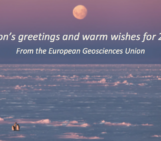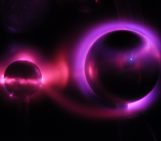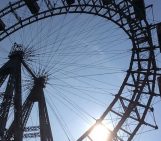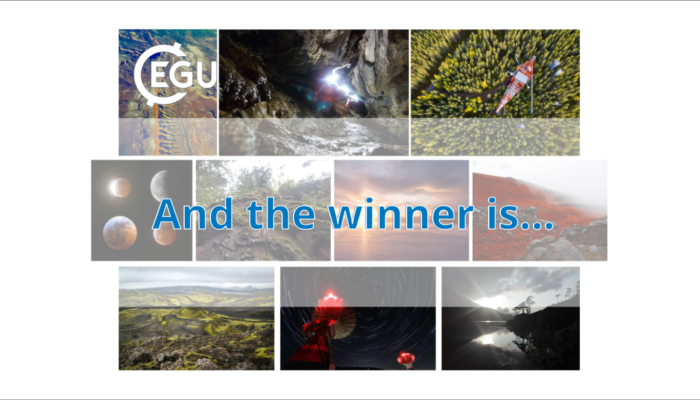
For this year’s Photo Contest, EGU received scores of amazing images capturing a broad spectrum of the geosciences. After the selection committee whittled the field down to 10 finalists, members have been voting for their favourites throughout the week of Sharing Geoscience Online. We’ve had thousands of votes, but now we are very excited to announce the winners.
Congratulations to these superb photographers!
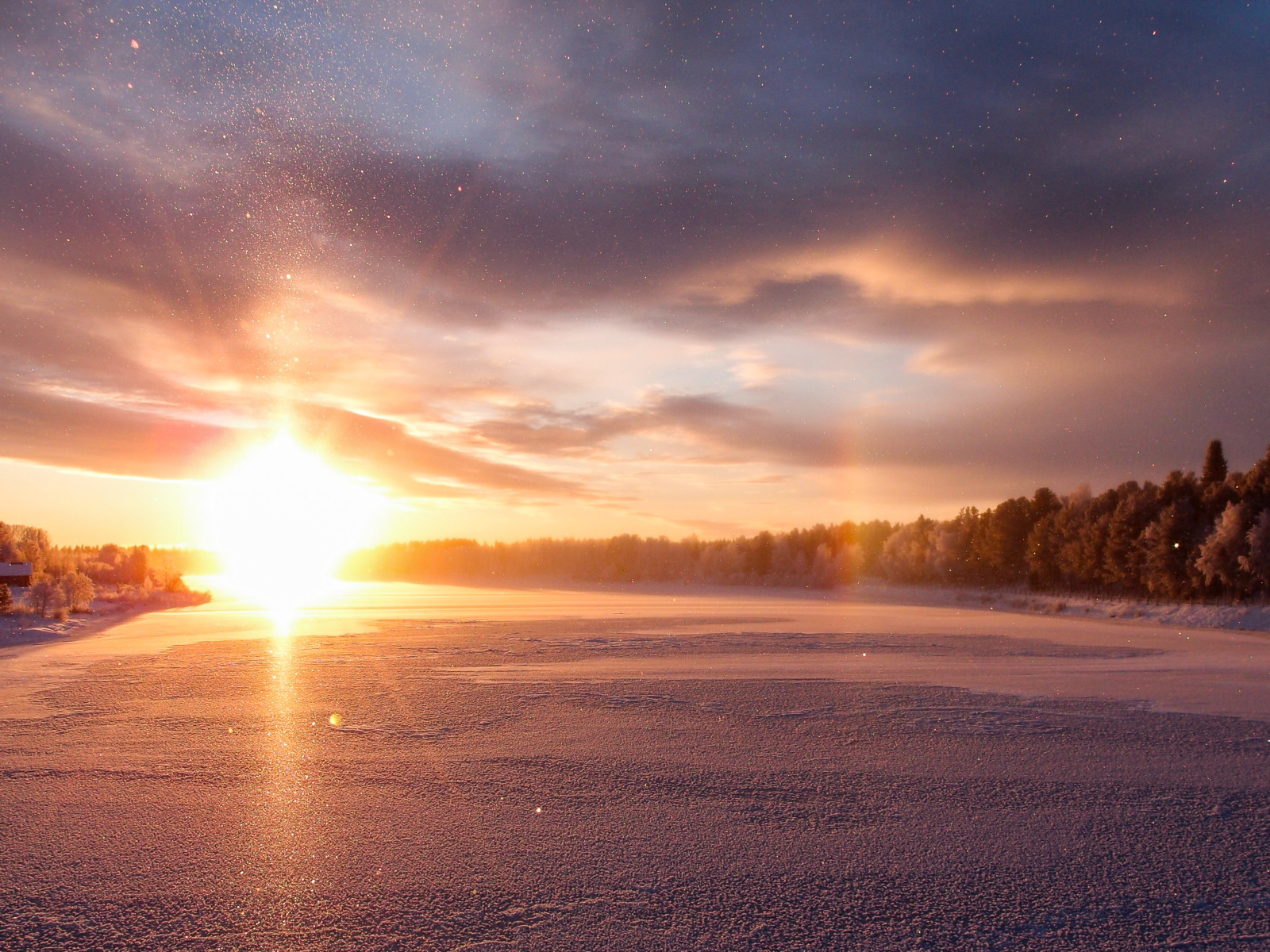
Ice fog and solar halo, Maxime Grandin (distributed via imaggeo.egu.eu).
Ice fog and solar halo, Maxime Grandin.
In late November in Sodankylä (Finland), the sun barely rises above the horizon around noon. The grazing polar winter sun combined with the ice fog produced spectacular pillars of sparkling ice crystals as well as a very prominent halo.
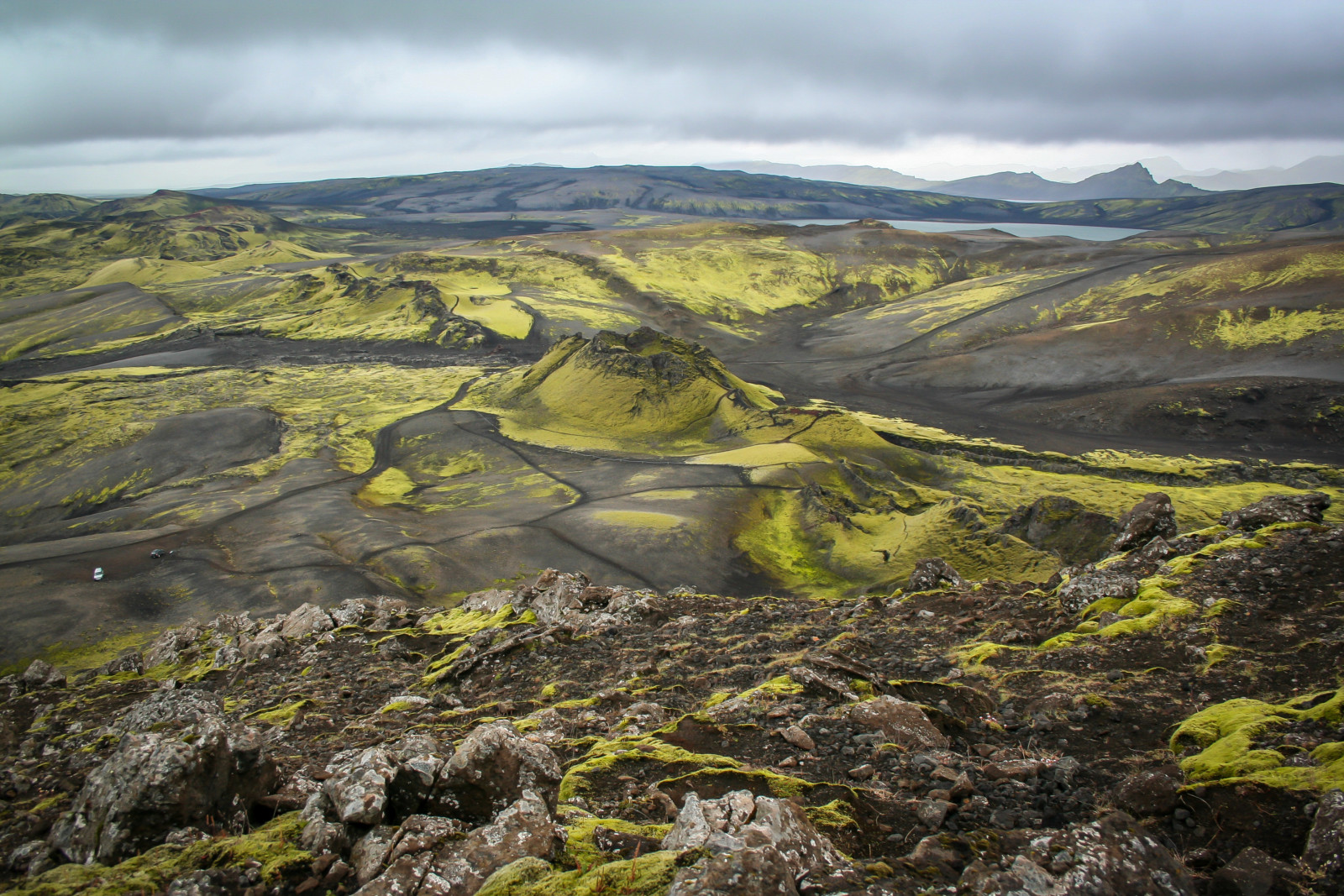
From Fires to peaceful landscape, Szabolcs Harangi (distributed via imaggeo.egu.eu).
From Fires to peaceful landscape, Szabolcs Harangi.
This colourful, peaceful landscape in southern Iceland represents a place where the second largest basaltic flood lava eruption occurred in the summer of 1783. A 25 km long eruptive fissure opened here from the Grimsvötn volcano and 15 cubic kilometres of lava extruded over 8 months, covering 600 km2. More than 100 volcanic cones developed along the fissure. The consequence of this volcanic event was disastrous: animals perished and 25% of the population in Iceland died in the famine. The vast amount of emitted sulphur-dioxide caused dry smog followed by a strong climatic change across Europe. Crop failures caused famine as well as a social and economic crisis. The Laki eruption weakened the African and Indian monsoon circulation leading to much less precipitation than normal causing low flow in the river Nile, among others. Now the gorgeous landscape covered by green mosses and dark basaltic scoria is quiet but it teaches us that such situations can change rapidly…
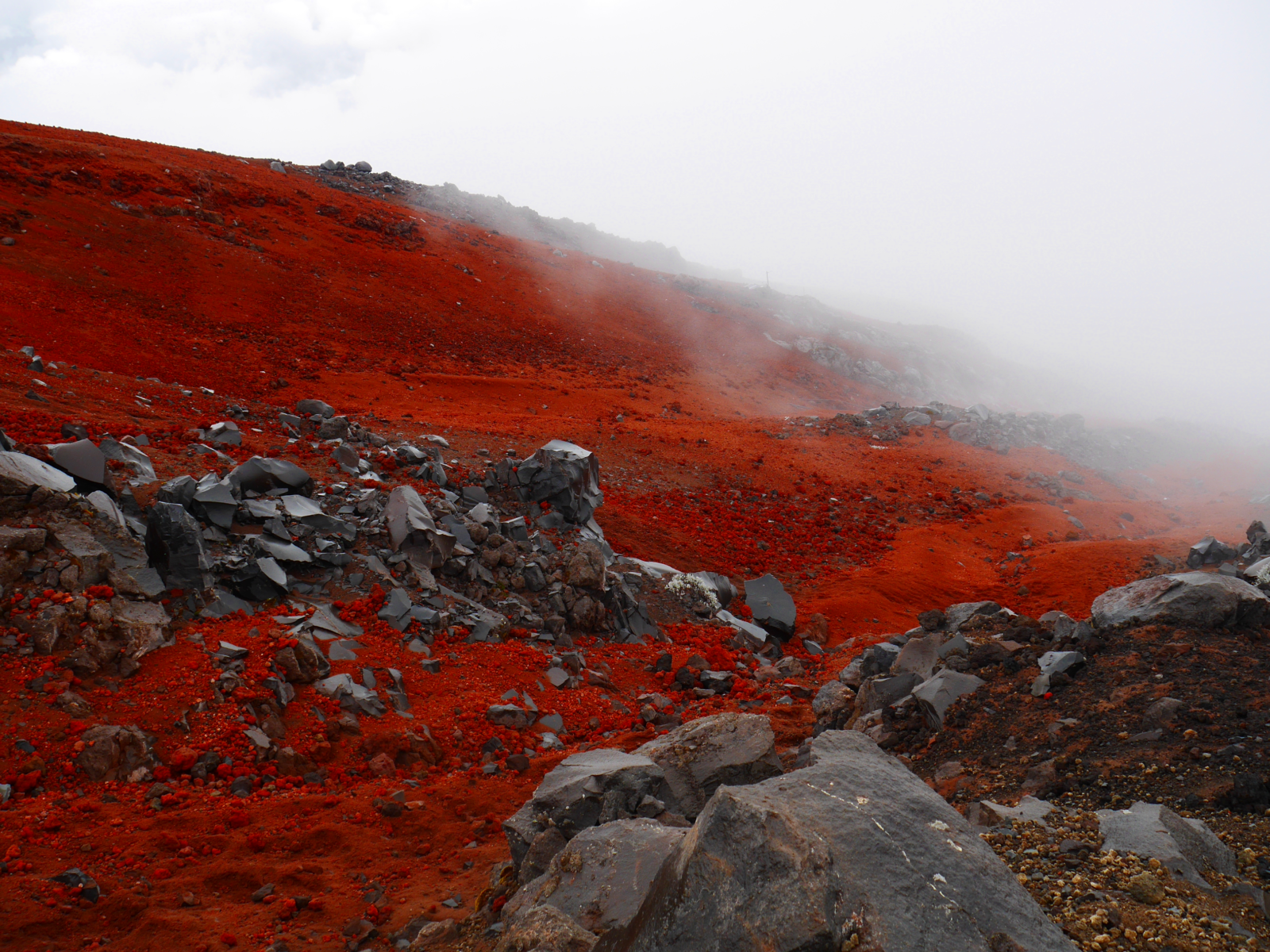
Glimpse of a foreign planet, Julia Miloczki (distributed via imaggeo.egu.eu).
Glimpse of a foreign planet, Julia Miloczki.
Cotopaxi (Ecuador) is one of the world’s highest volcanoes that are still active. Solidified lava streams from frequent eruptions have shaped the volcano and offer an intriguing interplay of red, black and white. The latter colour is given by the volcano’s glacier.
Imaggeo is the EGU’s online open access geosciences image repository. All geoscientists (and others) can submit their photographs and videos to this repository and, since it is open access, these images can be used for free by scientists for their presentations or publications, by educators and the general public, and some images can even be used freely for commercial purposes. Photographers also retain full rights of use, as Imaggeo images are licensed and distributed by the EGU under a Creative Commons licence. Submit your photos at http://imaggeo.egu.eu/upload/.

